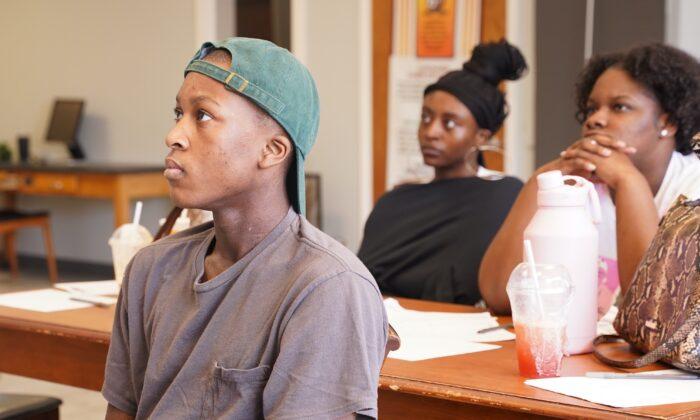CHICAGO—Summer is the most violent season for Chicago, and it is also the most bountiful.
Money from all directions is poured into the violent neighborhoods to prop up summer programs of all kinds, to create safe havens for innocent kids, and to steer troubled young men away from street life.
Chicago politicians and pundits say you can only drive down rising homicides by going after the root cause: poverty and lack of educational resources. But when your life is constantly threatened by random bullets, the desire to survive often trumps the desire to better oneself.
The Epoch Times speaks with a dozen summer program operators and students in the violent neighborhoods on the South Side of Chicago. They talk about the obstacles for the most at-risk young people to join and benefit from these programs, and the efforts made to overcome these hurdles.
Jamur Neealy, an instructor at a summer program hosted by nonprofit Saving Lives in the Roseland neighborhood, runs a peace circle in the mornings to help students decompress from the stressful commute through different gang territories, which change almost block by block.
“They have to be worried about being shot on their way here. That’s the type of thing they have to go through daily from stoplight to stoplight. That’s a lot for a young male,” Neealy told The Epoch Times.
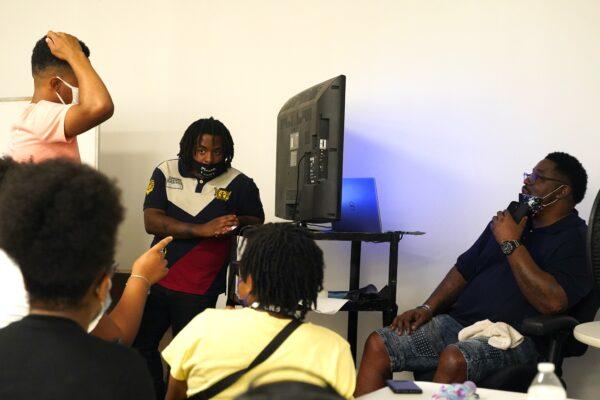
He thinks the summer program is a safe haven for kids who otherwise might join gangs for self-protection. “If the police cannot do anything to protect me, and my parents are at work, I might just go along to get along,” Neealy said.
After the program, Neealy stands at the bus stop with students until the bus comes. It is a tactic he inherited from his teacher Larry Hudson, who waited for Neealy at the bus stop and stood with him at the same bus stop after class every school day in the violent Englewood neighborhood. Neealy was a good football player and a lot of neighborhood gangs wanted to recruit him in the 1990s.
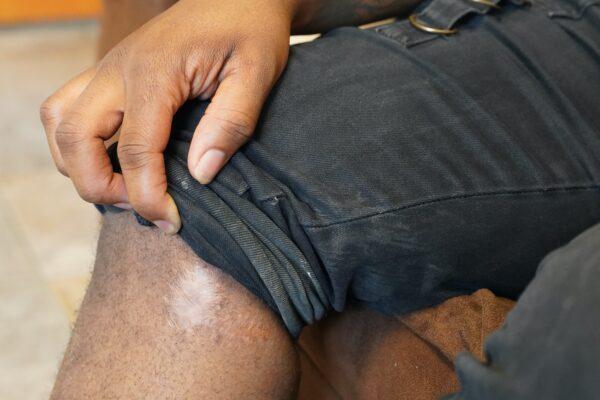
Still, some students would miss classes, for safety reasons or others. Lathea Smyles, the interim executive director of Saving Lives, told The Epoch Times, “Sometimes they may not be able to come for a few days or two weeks, then they come back. We just make sure the door always stays open.”
Smyles’s summer program serves about 38 students between 10 and 25 years old, mostly from violent neighborhoods on the South Side of Chicago. The majority are girls, not boys—who are at higher risk for gang influence if not given a positive alternative.
She acknowledged the challenge of bringing more boys into the programs, saying, “A lot of them are staying at home just to be safe. They are not used to venture beyond their neighborhood.”
John Sweet, a 21-year-old student at a summer art program at Free Lunch Academy in the South Shore neighborhood on the South Side, relies on a friend to drive him to and pick him up from the program. On the days that his friend is not available, he will have to miss the class.
“I don’t want to walk on the street or take the bus—it is too public. You never know whom you’ll run into,” Sweet told The Epoch Times. “Sometimes you can’t reason with the gang members. They just shoot you.”
What Sweet fears is the random third-party retaliation, where he says you can be targeted not because you have any direct issue with a gang, but because you happen to be a friend or a relative of a person that a gang has issues with.
James Barret, a veteran student ambassador at Free Lunch Academy, has some survival tips for fellow students. Barret lives in Roseland, a violent enclave on the South Side, but he said the worst he has encountered is being robbed at gunpoint.
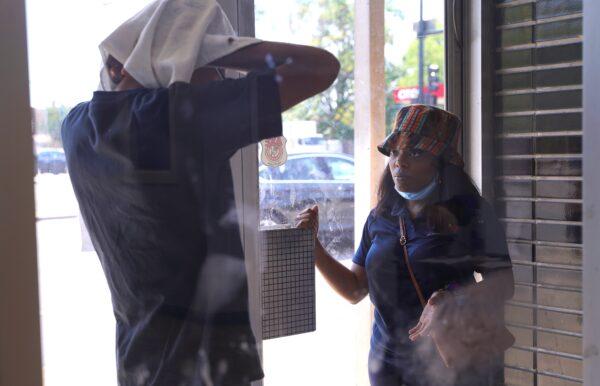
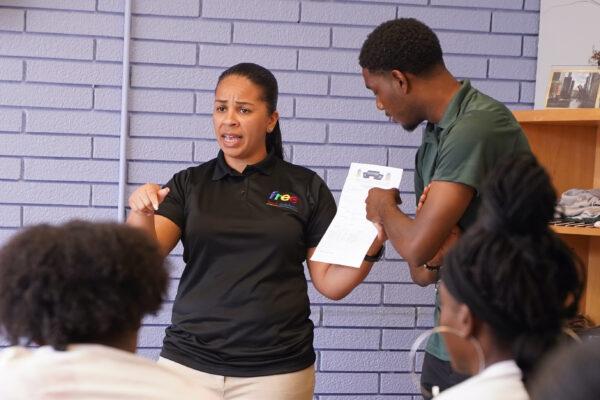
Free Lunch Academy received nearly $270,000 from the Illinois Emergency Summer Violence Response grant. The program serves about 25 students between ages 14 and 25; at least six are not from the violent neighborhoods on the South or West Side and quite a few are old students who have been with the Academy for years.
Executive director Calvin King said he received about 75 inquiries for the program, mostly from the violent South Side. But many couldn’t finish the application paperwork or failed to attend the in-person orientation, and “they kind of weed themselves out,” King told The Epoch Times.
Summer ends in about a month, and so do these grants. Smyles hopes to get new grants to stretch the summer program into a year-long program. Grants are a competitive market, and organizations rise and fall overnight at the mercy of grantors.
Her outreach worker Eric Wilkins had a similar summer program years ago, but soon the grant dried up, and the program died. Wilkins said many kids in that program, lacking a positive alternative, were lured back onto the street and hung out with gangs. Five of them died.
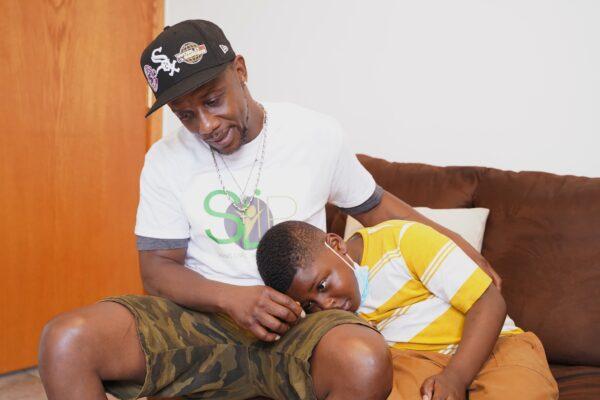
“That is a problem for grassroots organizations. Because it seems like it is easier for funds to get to the same old people, and it leaves no room for a small organization that might be doing all the work.” Wilkins told The Epoch Times.
